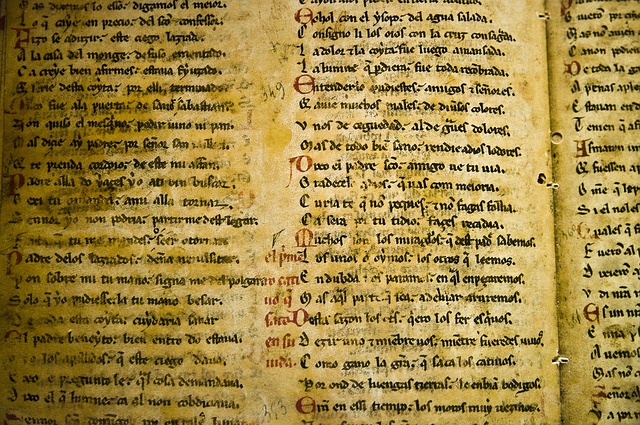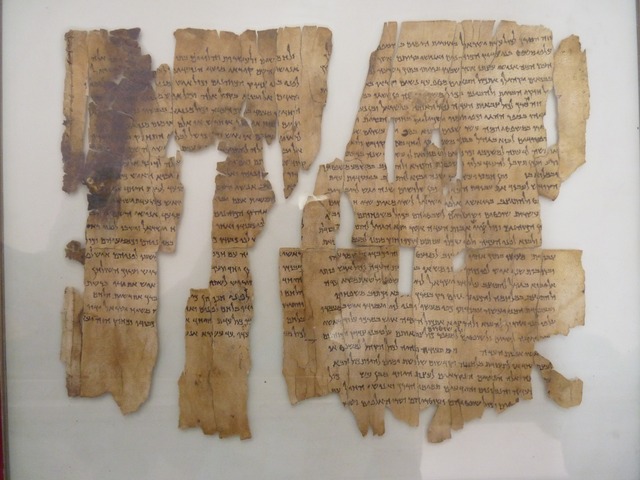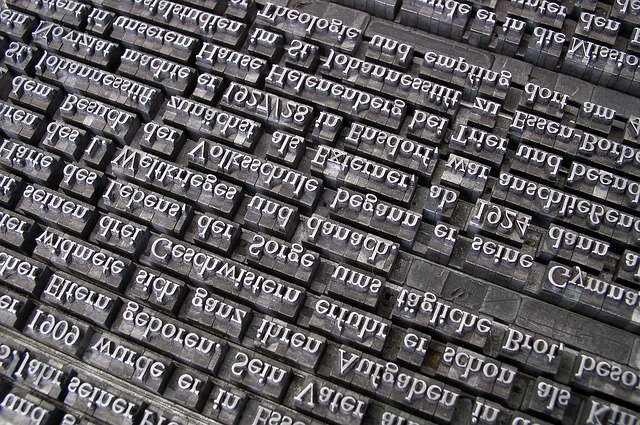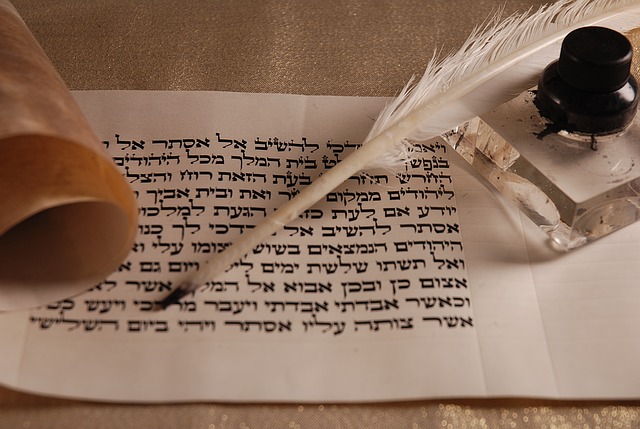how to know the Bible is true
It’s an important question, right?
How can you know the Bible is true and accurate?
It’s a question you should ask, since you are about to base the rest of your life on the Word of God. If you’re going to go all in and trust His plan for your life, you should investigate its solid base.
Here are six top reasons you can know that the Word of God is solid, true, and accurate:
The Bible is a reliable collection of historical documents written down by multiple eyewitnesses who lived at the same time periods and whose testimonies confirm each other. There is no mystery when you have eyewitnesses whose accounts add up. See Luke 1:1-3, 2 Peter 1:16-21, and 1 Corinthians 15:3-7.
2. The accounts in the Bible report supernatural events that took place in fulfillment of specific prophecies.
Check out Psalm 22. Now compare that to Matthew 27:22-46. Psalm 22 was written 1,000 years before Jesus was born by a man that never saw a single crucifixion in his life! This is just one example.
3. Authors claimed their writings were divine rather than human in origin.
4. It is archaeologically and historically accurate.
5. It has scientific facts written long before modern history documented them.
6. It is 100% prophetically accurate.
Let’s expand each of these reasons, starting with the first one.
But we don’t have any original transcripts.
What if the Bible was changed by overzealous monks?
For that to happen, an epic conspiracy spanning two millennia would have to combine the following:
#1 Manuscript reliability
We base our knowledge of world history on writings where we have a handful of manuscripts, sometimes a few hundred. But we have over 5,000 full or partial manuscripts of the Greek New Testament, and more manuscripts are found every year, none of which have ever resulted in a major revision—just a relative few and extremely minor variations, making the Bible by far the most reliably attested writing in history.
There are 6,000+ manuscripts or portions of manuscripts of Scripture.
Compare this with other historical figures such as:
- Julius Caesar’s Gallic Wars (the things we know about Caesar and his conquests) we have around 10 manuscripts about this.
2. Aristotle’s Poetics – we have 49 manuscripts written 1400 years after the originals.
3. The writings of Herodotus – 8 manuscripts.
4. The writings of Homer (The Iliad is #2 in manuscript authority with 643 manuscripts).
5. Plato – 7 manuscripts written 1200 years after the originals.
Compared to the New Testament, that’s not even close.
No, we don’t have any originals, but we can get as close as A.D. 120 with the copies than we have and that’s within decades of the originals (80 years to the time of Christ). When it comes to the comparison of the Bible to any other literature of history there is more evidence time wise for the reliability of the scriptures than any 10 pieces of classical literature combined.
Caesar’s Gallic Wars the closest we can get is 900 years after the originals, but no one questions that.



#2 Different languages
Jesus said to go and make disciples of every people group (Matthew 28:19-20). People groups tend to speak different languages.
In the first few centuries after Christ, the Bible was translated into
Aramaic, a dialect of Egyptian called Coptic, and Latin. Now those monks would have to change not only the lies and ink work of the over 6,000 Greek manuscripts but also the Syriac, Coptic, and Latin manuscripts, and make them match the lies they told in the Greek manuscripts and get them back to where they stole them from, all without anyone finding out. That’s just the second level.
#3 Commentaries on the Bible
The early church fathers had a habit of writing commentary on the N.T.
Bruce Metzger (professor, translator and textual critic at Princeton) said,
“If all we had of the N.T. was the quotations and citations of the early church fathers we could reproduce over 95% of the N.T just from their writings.”

To combine all the above and screw up the accuracy of Scripture, those overzealous monks would have to find all the early church fathers writings and change those to match the lies they told in the 6,000+ Greek manuscripts and portions of manuscripts they had already changed. They would also have to do the same with the Syriac or Aramaic, Coptic or Egyptian and Latin translations and make sure the ink work matched. Then they would have to return them where they stole them from without anyone noticing or ever telling anyone what they had done. That really would be beyond belief!
Ten examples of historical manuscript-based evidence for the authenticity of the Bible
- Dead Sea Scrolls: These ancient Jewish texts, discovered between 1947 and 1956, include fragments from almost every book of the Old Testament, providing evidence of the preservation of biblical texts over centuries.
- Codex Sinaiticus: Dating from the 4th century, this Greek manuscript contains the complete New Testament, along with a significant portion of the Old Testament. It is one of the oldest and most complete copies of the Bible.
- Codex Vaticanus: Also from the 4th century, this Greek manuscript contains nearly the entire Bible. It is highly regarded for its textual accuracy and preservation of the biblical text.
- Codex Alexandrinus: Another significant Greek manuscript from the 5th century, it includes most of the Old and New Testaments. It provides additional evidence for the textual reliability of the Bible.
- Septuagint: The Septuagint is a Greek translation of the Hebrew Bible (Old Testament) dating back to the 3rd century BCE. It demonstrates the existence and preservation of biblical texts in Greek before the time of Jesus.
6. Chester Beatty Papyri: These papyri, dating from the 2nd and 3rd centuries, include portions of the New Testament. They provide valuable evidence for the early transmission of biblical texts.
7. Papyrus Rylands Library P52: This small fragment of the Gospel of John, dating to around 125 CE, is one of the earliest known copies of any portion of the New Testament. Its existence suggests that the Gospel of John was written in the 1st century.
8. Leningrad Codex: Also known as the Codex Leningradensis, it is the oldest complete manuscript of the Hebrew Bible (Old Testament) and dates back to 1008 CE. It is highly regarded for its accuracy and serves as a basis for many modern translations.
9. Bodmer Papyri: This collection of early Christian manuscripts, including portions of the New Testament, dates from the 2nd and 3rd centuries. It contributes to our understanding of the early textual tradition of the Bible.
10. Aleppo Codex: Although damaged and incomplete, this 10th-century CE manuscript is one of the most authoritative Hebrew Bibles. It was once the oldest complete manuscript of the Hebrew Bible and remains an important source for biblical scholarship.
These examples are just a fraction of the historical manuscript evidence available for the Bible. Scholars continue to study and analyze these manuscripts to gain insights into the preservation and accuracy of biblical texts throughout history.